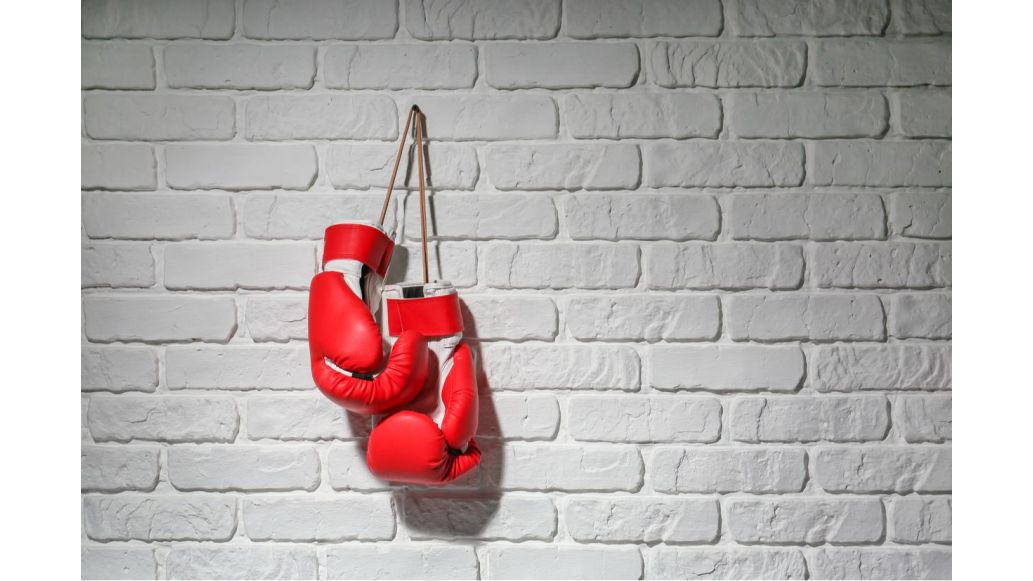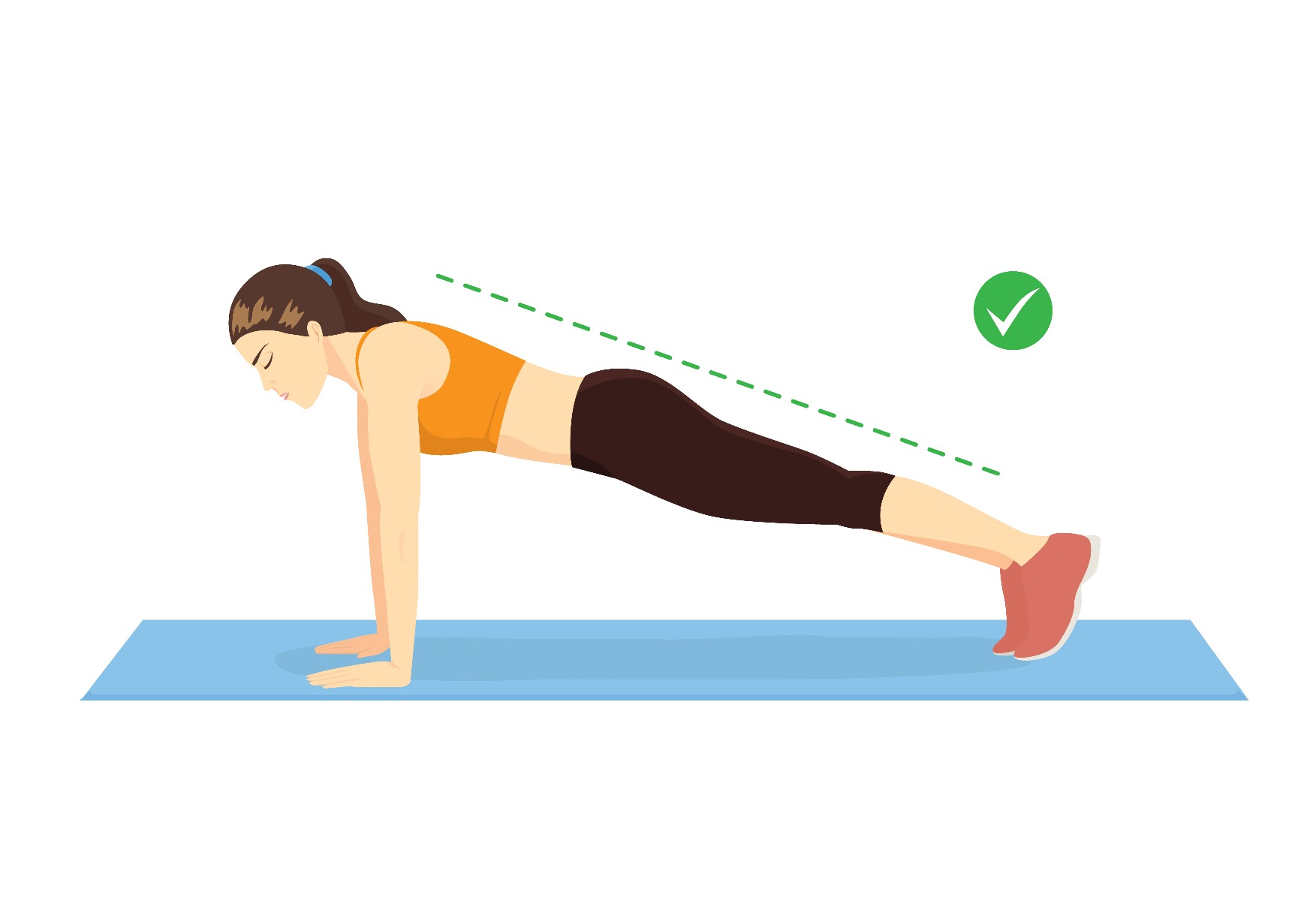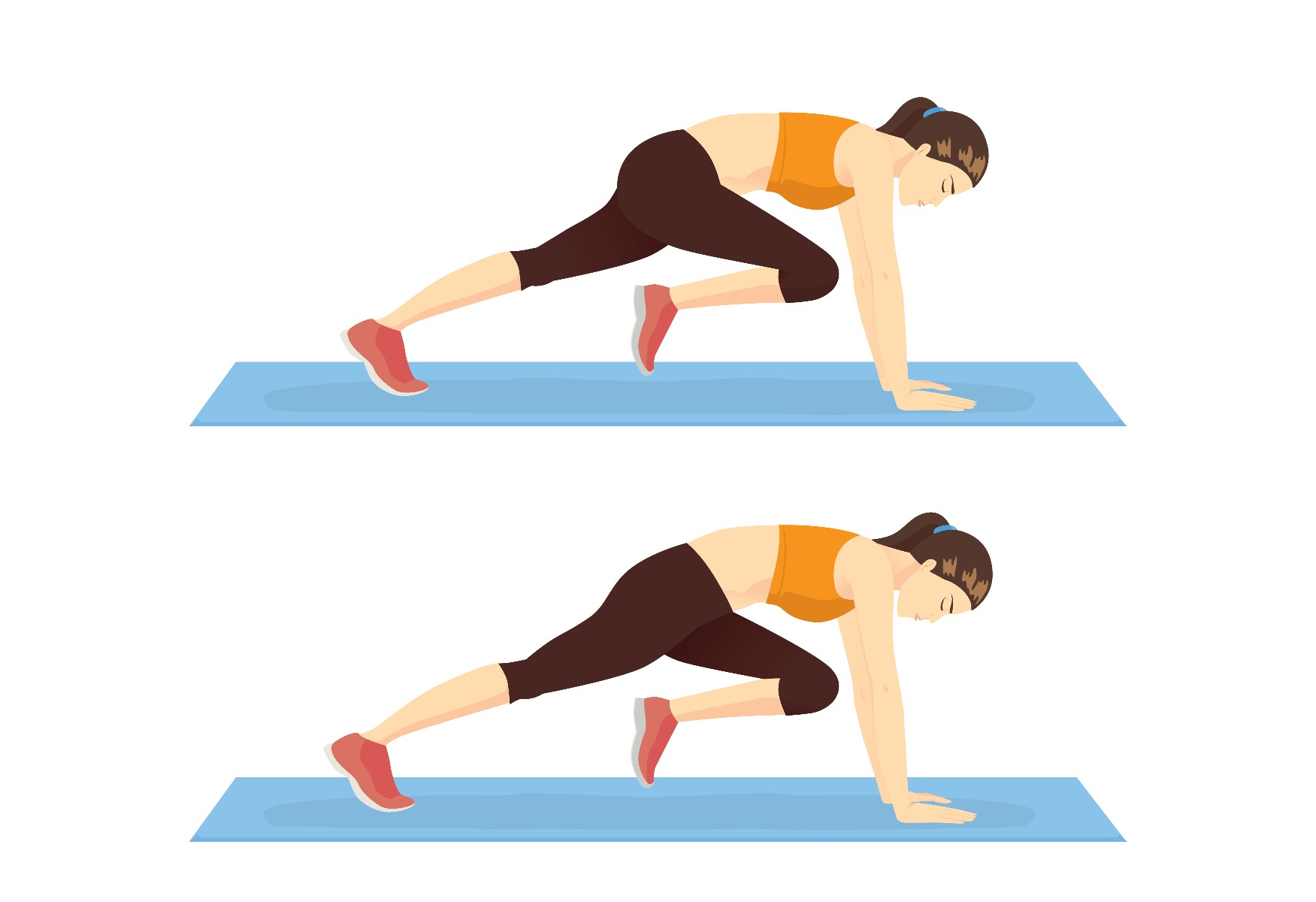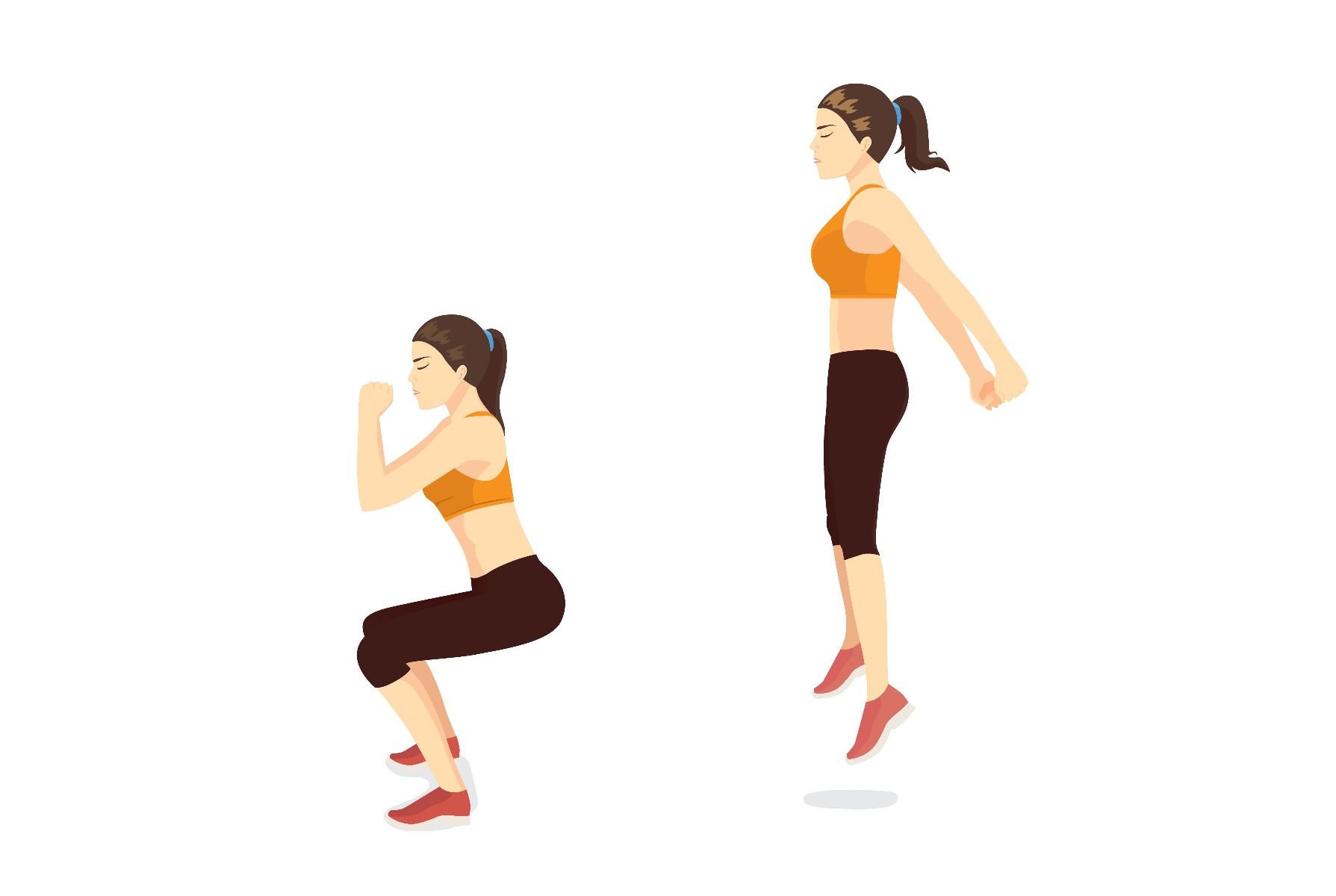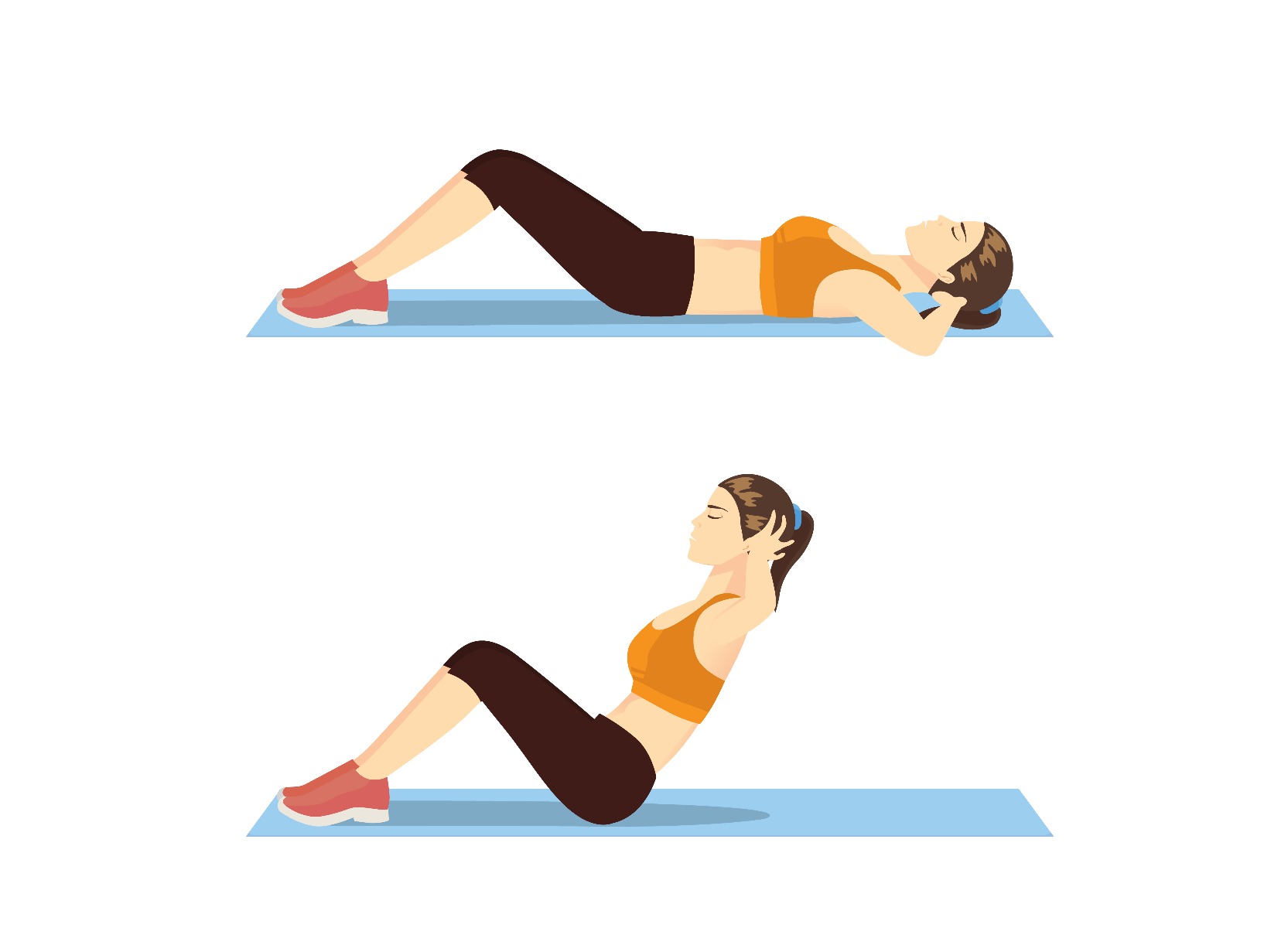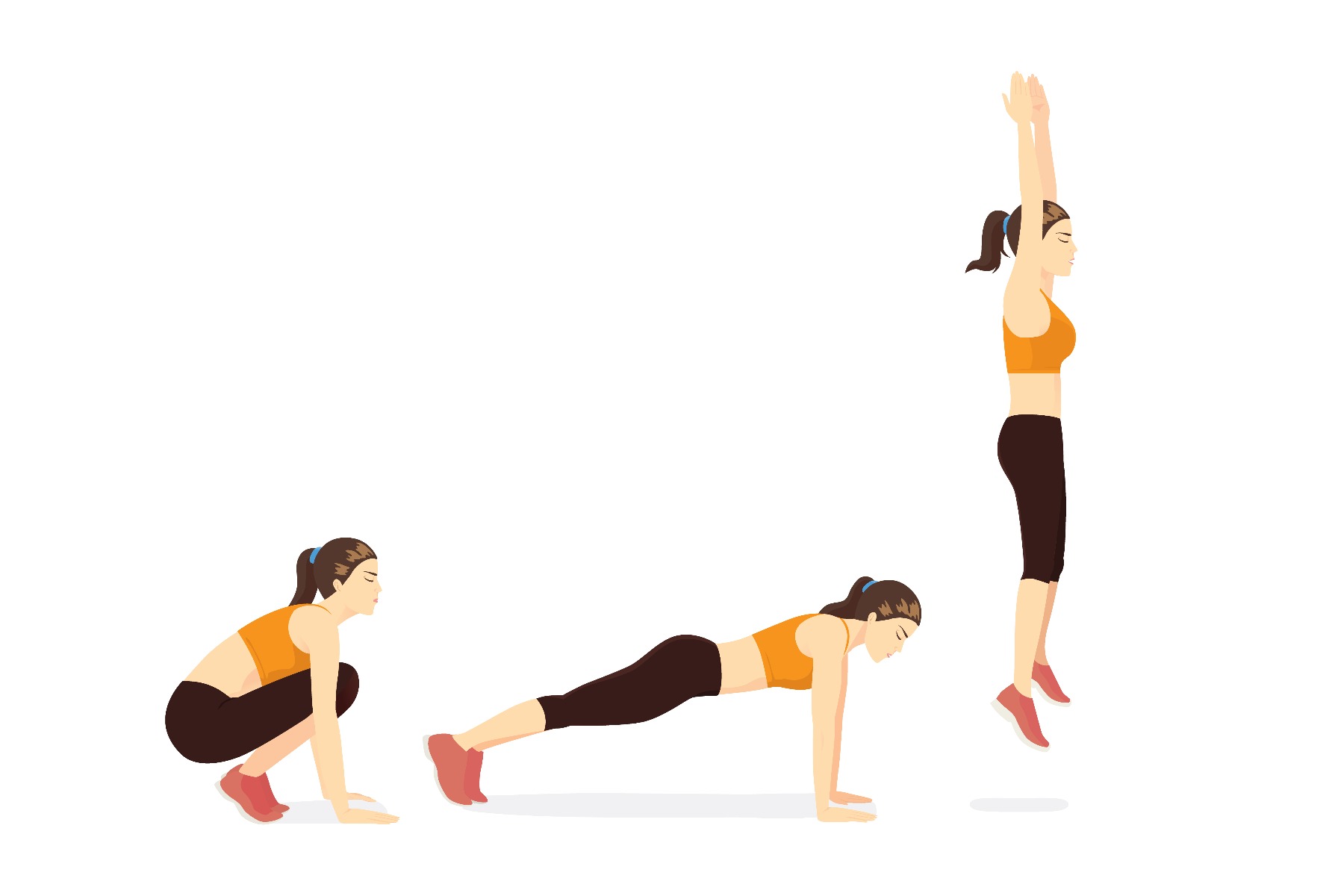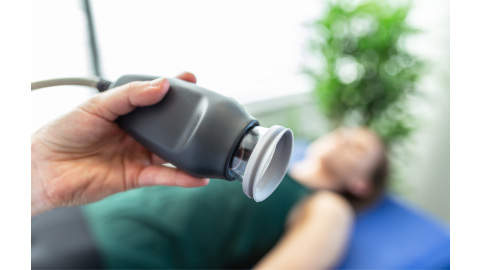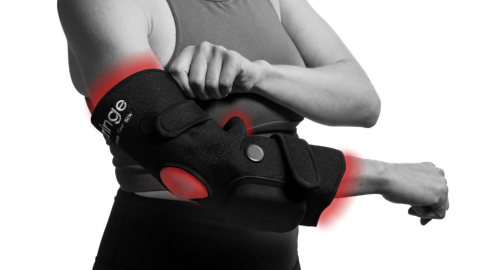Looking for a bigger challenge during your shadow boxing workout? Resistance bands provide resistance in your punches and kicks, ultimately increasing your punching power. The exercise bands feature two large handles that are effortless to hold or slip over your feet for a variety of exercises. The grip of the handles at the ends of resistance tubing also allow you to hold your hand in a proper fist, moving in and out of the punch more easily.
Using resistance bands can help increase your punching power. By resisting your muscles as you contract them, the bands force those muscles to work harder and grow stronger. Ideal for training upper body strength, resistance bands help tone the arms and build muscular endurance through repetition. Punching while using the bands will not only improve strength in your arms, but in your shoulders, core and back too.
Get ready to work up a sweat with this shadow boxing workout and break out the resistance bands!
4 Basic Punches Used in Shadow Boxing
This shadow boxing workout consists of four basic punches – jab, cross, uppercut and hook - along with boxing defensive techniques such as the slip and roll. For the slip, you move your head to the side to avoid a punch, and for the roll, bend at the knees and roll your torso.
For all of these exercises, you’ll start in a boxing stance - with your feet slightly wider than shoulder-width apart and your left foot in front and fists protecting your face.

Jab: Start in a boxing stance. Step forward with your left foot and extend your left hand forward with control, rotating your palm to face down. Quickly step back and bring your left arm back to the starting position. For left handed boxers, use the opposite hand.

Cross: Start in a boxing stance. Rotate your right hip forward and pivot on your right foot until your heel comes off the ground. Shift your weight forward and extend your right arm forward to punch, rotating your palm to face down. Quickly bring your right fist back to your face. For left handed boxers, use the opposite hand.

Hook: Start in a boxing stance. Bend your left arm at a 90-degree angle and swing as if punching someone in the jaw. Pivot so that your knee and your hips face towards the right. When throwing a rear-hand hook (that's right hand for righties and left for lefties), pivot your rear heel when throwing a punch.

Uppercut: Start in a boxing stance. Rotate your right hip forward and pivot on the ball of your right foot, loop and swing your right hand up as if punching someone on the underside of the chin. Remember to protect your chin with your left hand throughout the movement. Don't pivot your rear foot when throwing an uppercut with your lead hand. For left handed boxers, use the opposite hand.
6 Rounds of Shadow Boxing Exercises
For each of these rounds, you will need resistance tubing with handles. The tubing varies in thickness based on progressive levels of resistance and are made to withstand long and intense workouts.
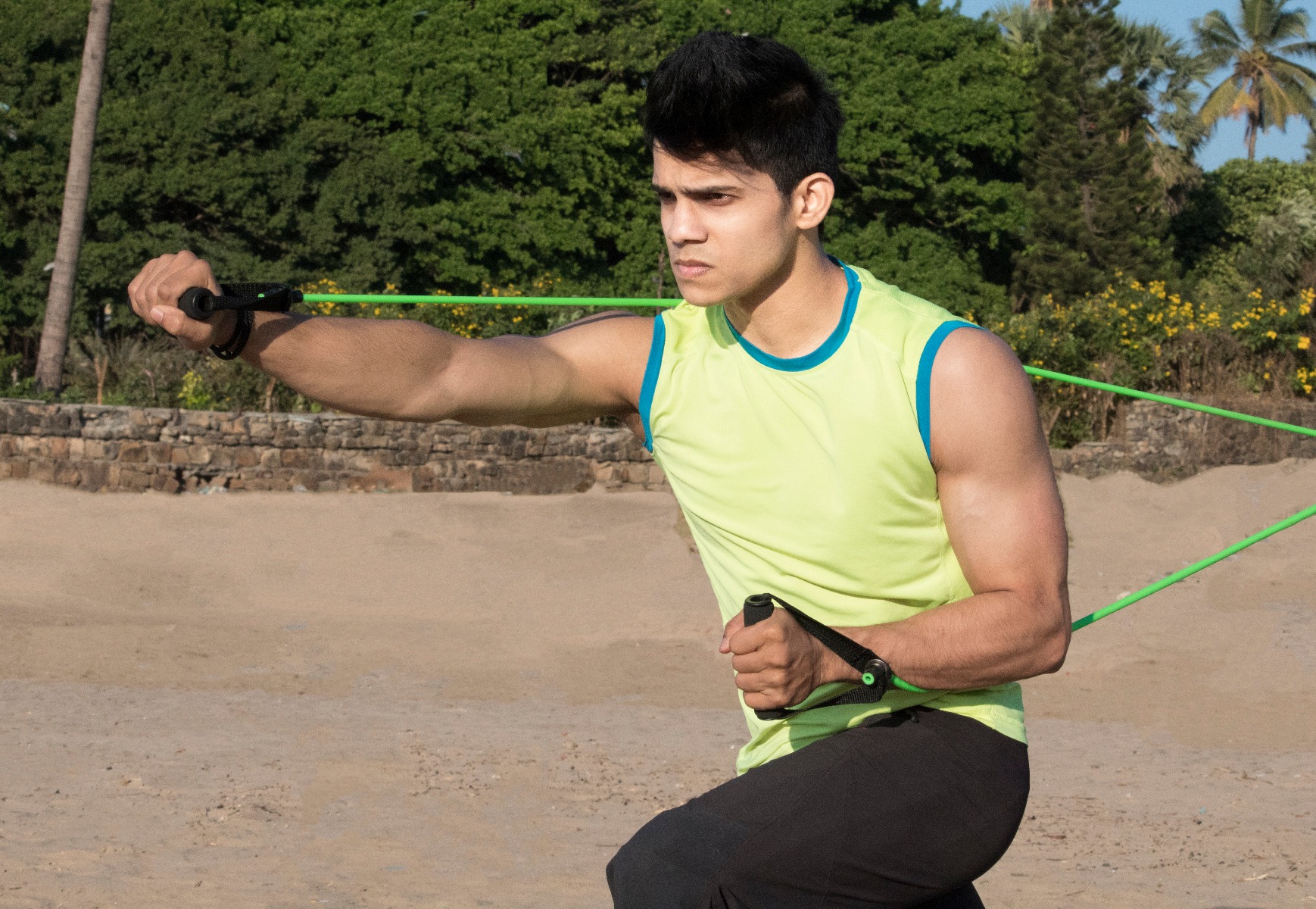
For beginners, we recommend using light to medium heavy resistance levels. For more experienced shadow boxers, step up your workout with heavy to super heavy resistance levels.
For proper use, wrap the resistance tubing across your shoulders and bring the padded handles in front of you. You can also secure the tubing to a door or anchor.
To learn more about using resistance tubing during your workout, watch this video!
At the end of each round, you will need to complete an additional exercise to elevate your heart rate. Repeat each combination or exercise in each round for 45 seconds.
|
|
|
|
|
|
|
|
|
|
|
|
References
- Anonymous. (2020). The Art of Shadowboxing: Why We Shadowbox. Gloveworx. Retrieved from https://bit.ly/34dEfW9
- Anonymous. (2016). Fundamental Boxing Punches. CoachUp Nation. Retrieved from https://bit.ly/2CHKWVh
- Fry-Harris, Nick. (2019). Work Up a Sweat with this Shadowboxing Home Workout. COACH. Retrieved from https://bit.ly/3g8LPnv
Medical Disclaimer: The information provided on this site, including text, graphics, images and other material, are for informational purposes only and are not intended to substitute for professional medical advice, diagnosis or treatment. Always seek the advice of your physician or other healthcare professional with any questions or concerns you may have regarding your condition.








 France
France Australia
Australia